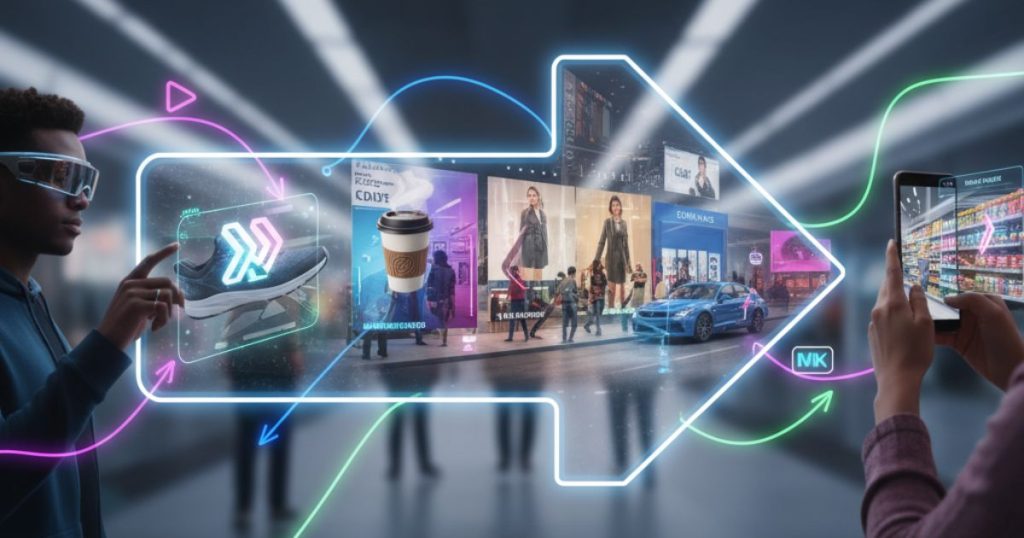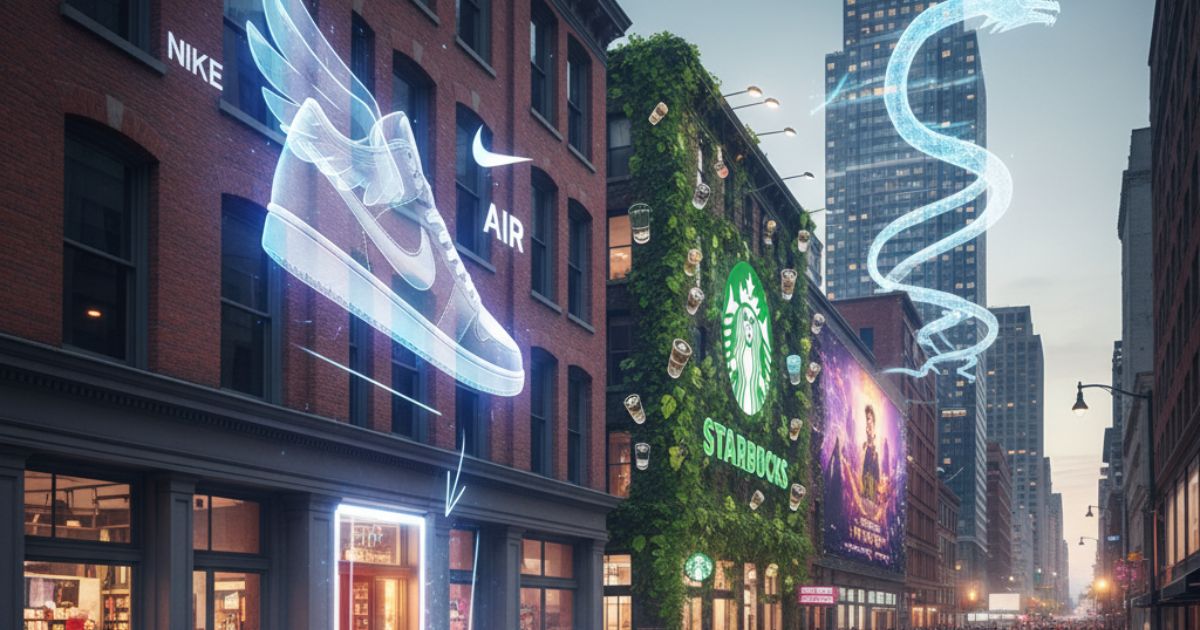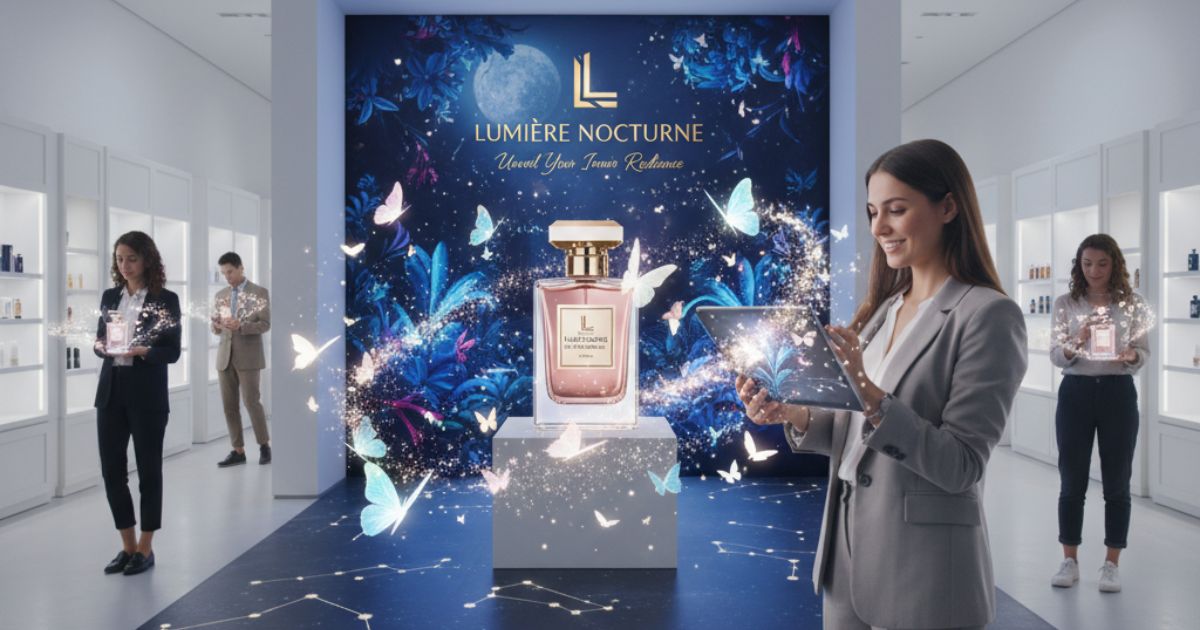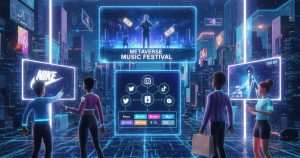Augmented Reality in Branding: Craft Immersive Experiences that Captivate Customers

In today’s highly competitive marketplace, brands must find innovative ways to connect with consumers and differentiate themselves. Augmented reality (AR) offers a powerful solution by layering digital elements onto the physical world, creating novel, interactive touchpoints. From virtual try-ons to gamified storefronts, AR has evolved into a versatile branding tool that drives engagement, fosters emotional bonds, and elevates customer experiences.
In this comprehensive guide, we explore how to integrate AR into your branding strategy, optimize immersive campaigns, and measure impact for long-term success.
What Is Augmented Reality and Why It Matters for Brands

Augmented reality superimposes computer-generated content—such as images, animations, and data—onto real-world environments through smartphones, tablets, or specialized glasses. Unlike virtual reality, which creates a fully artificial setting, AR enhances reality rather than replacing it. For brands, this capability unlocks an entirely new dimension of customer interaction. Instead of passively consuming ads, audiences become active participants, co-creating experiences that align with brand narratives. By bridging the gap between digital and physical channels, AR raises brand recall, amplifies word-of-mouth, and positions companies at the forefront of innovation.
The Evolution of AR in Marketing
AR technology has matured rapidly over the last decade. Early apps were basic filters and novelty overlays, but today’s solutions employ advanced computer vision, spatial mapping, and real-time analytics. Major brands like IKEA, Sephora, and Nike pioneered AR initiatives—allowing shoppers to place virtual furniture in their homes or test makeup shades before purchase. Such pilot projects demonstrated tangible ROI, encouraging smaller enterprises to follow suit. As AR SDKs (software development kits) and web-based AR become more accessible, brands of all sizes can deliver professional, high-quality experiences without massive budgets.
Key Benefits of AR for Branding

Incorporating AR into your branding strategy delivers multiple benefits: increased time spent with products, higher conversion rates, and viral social sharing. Customers appreciate interactive elements that surprise and delight, strengthening brand affinity. Moreover, AR can streamline shopping journeys by offering real-time information overlays—such as specifications, reviews, or personalized recommendations—directly on physical packaging or point-of-sale displays. The result is a frictionless experience that reduces decision-making barriers and fosters trust.
Driving Engagement Through Interactive Storytelling
Storytelling lies at the heart of compelling brand experiences. AR elevates storytelling by embedding narratives into customers’ surroundings. Imagine a limited-edition sneaker release where users unlock hidden animations by scanning retail tags, or a travel brand that transforms postcards into 3D destination previews. These immersive narratives resonate deeply, as they involve the user in unfolding the story. Brands can guide audiences through multi-stage journeys—teasers, reveals, and rewards—each unlocked via AR interactions that reinforce messaging and build anticipation.
Personalization at Scale
Personalization remains a top driver of customer loyalty, and AR facilitates dynamic, context-aware experiences. By integrating user data—such as location, preferences, and past interactions—brands can tailor AR overlays in real-time. For instance, a fashion label’s app might highlight recommended outfits based on weather conditions and recent browsing history. With geofenced AR activations, retail stores can deliver in-store promotions that feel exclusive and personalized. This level of customization not only boosts sales but also communicates that the brand understands and values each individual customer.
Leveraging Data and Analytics
One of AR’s greatest advantages is its measurability. Brands can capture granular data on how users engage with digital elements—such as dwell time, tap interactions, and virtual object placement—and tie these behaviors back to conversions. AR analytics dashboards reveal which experiences resonate most, enabling rapid iteration and refinement of these experiences. By A/B testing different interactive features or call-to-action placements, marketers can optimize engagement loops and allocate budgets more effectively. Ultimately, data-driven AR campaigns translate immersive creativity into quantifiable ROI metrics.
Seamless Omnichannel Integration
True branding excellence emerges when AR ties together online and offline touchpoints. QR codes on packaging can launch in-app AR experiences, while social media filters encourage user-generated content that drives organic reach. Physical events—trade shows, pop-up shops—gain an extra layer of interaction with location-based AR triggers. Even traditional collateral, such as brochures or business cards, can be transformed into gateways for digital engagement. By weaving AR across channels, brands reinforce consistency and maintain momentum throughout the buyer journey.
A Step-by-Step AR Implementation Strategy
Deploying AR successfully requires a clear framework. Follow these steps to launch an immersive branding initiative:
- Define Objectives: Establish KPIs—engagement rates, dwell time, social shares, or sales uplift.
- Select Use Cases: Choose high-impact scenarios like product previews, interactive ads, or loyalty gamification.
- Partner with Experts: Collaborate with AR developers and UX designers to ensure technical feasibility.
- Develop Prototypes: Build minimum viable experiences to test core interactions before full rollout.
- Pilot & Iterate: Launch in controlled environments, gather user feedback, and refine details.
- Scale & Promote: Expand to wider audiences with cross-channel marketing and influencer partnerships.
Choosing the Right AR Technology
The AR landscape offers several deployment options: native apps, web-based AR (WebAR), and wearable headsets. Native apps provide the richest feature set but require downloads, whereas WebAR delivers instant access via browsers. Headsets such as Microsoft HoloLens or Magic Leap cater to enterprise use cases, offering sophisticated hand tracking and spatial computing capabilities. Evaluate your audience’s preferences, budget constraints, and desired experience complexity. A hybrid approach—combining a lightweight WebAR teaser with a deeper native app experience—can effectively balance reach and functionality.
Designing Engaging AR Experiences
Effective AR design strikes a balance between novelty and usability. Key principles include intuitive gesture controls, clear onboarding prompts, and visual anchors that guide users to interactive hotspots. Maintain brand consistency by applying logos, color palettes, and typography within the AR environment. Incorporate audio cues or haptic feedback to heighten immersion. Most importantly, prioritize value: every AR feature should solve a problem or enrich the experience, rather than exist as a gimmick. When users discover genuine benefits—from fit reassurance to personalized content—they become brand advocates.
Testing, Optimization, and Accessibility
Before a full launch, conduct rigorous testing across devices, lighting conditions, and network speeds. Ensure AR assets load quickly and adapt to different hardware capabilities. Optimize 3D models for performance, reducing polygon counts without sacrificing quality. Address accessibility by offering alternative text descriptions or simplified modes for users with limited mobility. Continuous optimization post-launch, based on crash reports and user feedback, maintains a seamless experience and preserves brand credibility.
Measuring AR Campaign Success
Track a mix of engagement and business metrics to gauge AR efficacy. Core KPIs include session duration, interaction depth, conversion lift, and social sharing rates. Advanced brands may tie AR usage to customer lifetime value or Net Promoter Scores. By benchmarking against traditional campaigns, teams can quantify incremental benefits and justify future investments. Leverage integrated analytics platforms to aggregate data from web, app, and in-store channels, painting a holistic picture of how AR drives brand growth.
Case Study: Virtual Try-On for Retail Fashion
A leading apparel brand introduced an AR try-on feature within its mobile app, allowing shoppers to visualize garments on their own bodies via live camera feeds. Within three months, the tool saw a 60% increase in average session time and a 25% reduction in return rates. By collecting fit preferences and style choices, the brand further personalized email campaigns, resulting in a 18% boost in repeat purchases. This success highlights how AR can address common e-commerce pain points while promoting brand innovation.
Case Study: Gamified In-Store Treasure Hunt
A beverage company launched a limited-edition flavor and drove foot traffic through an AR treasure hunt in select cities. Participants used an app to locate virtual tokens hidden at partner cafes and retail spots. Completing the hunt rewarded users with digital badges, discount codes, and branded merchandise. The interactive campaign generated over 50,000 user-generated posts on social media, resulting in an earned media value that exceeded paid ad spend by a factor of three. The initiative demonstrated AR’s power to blend physical exploration with digital rewards, strengthening brand community bonds.
Future Trends: What’s Next in AR Branding
As AR hardware becomes more ubiquitous—from smart glasses to advanced headsets—expect deeper spatial computing and shared multi-user experiences. 5G networks will enable richer real-time interactions, while AI-driven object recognition will personalize content on the fly. Brands can explore collaborative AR events, virtual showrooms, and real-time language translation overlays. Staying ahead of these trends positions companies to continually surprise audiences and cement their reputation as innovation leaders.
Conclusion: Embrace AR to Elevate Your Brand’s Future
Augmented reality represents a transformative opportunity for brands willing to invest in immersive, interactive experiences. By thoughtfully integrating AR into your marketing mix—aligning objectives, prioritizing user value, and measuring impact—you can forge deeper customer connections, differentiate from competitors, and drive meaningful ROI. For many businesses, AR has become a powerful tool for brand revitalization, breathing new life into customer engagement strategies. The technology continues to evolve rapidly; early adopters who master AR storytelling and personalization will shape consumer expectations for years to come. Start small, iterate quickly, and let AR redefine how your brand engages the world.






